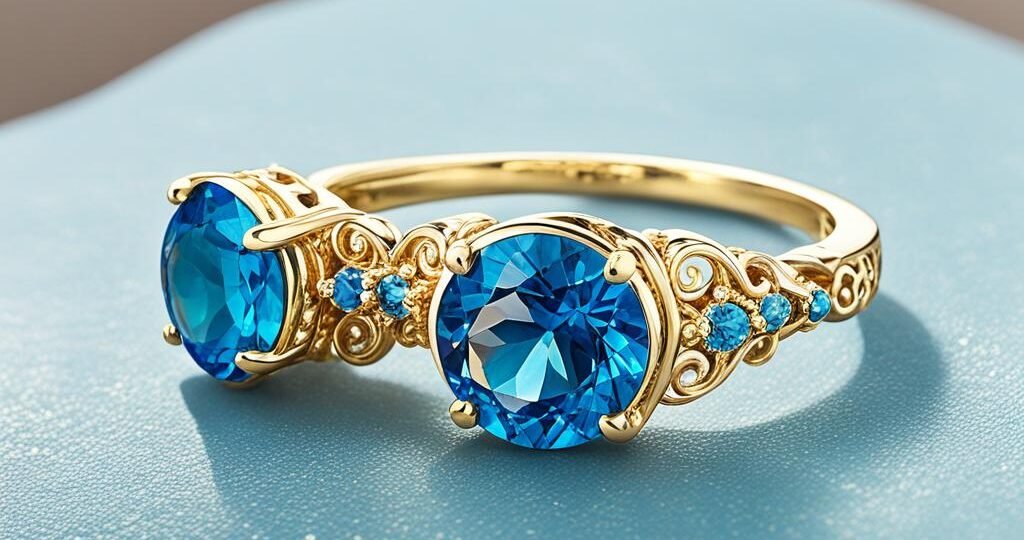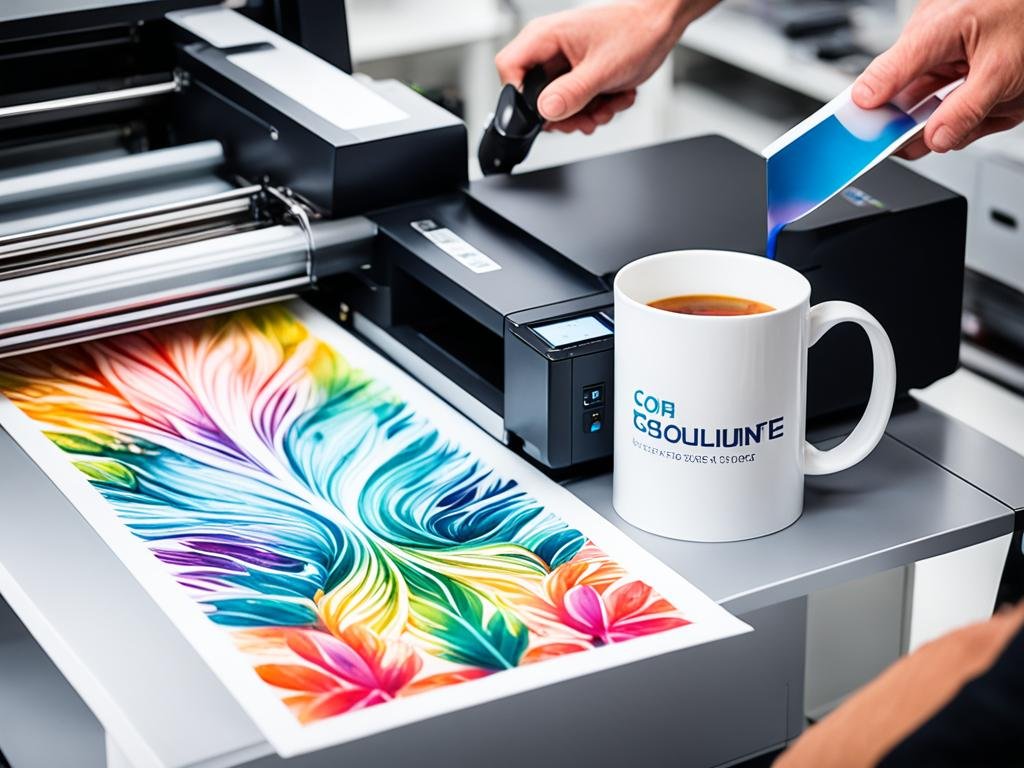
Dive into the world of jewelry making and crafts with Devil n Dove, and get ready to embark on an exciting adventure. We are passionate about creating unique and beautiful jewelry pieces that tell stories and inspire. From the first sketch to the final piece, we believe in the power of creativity and craftsmanship. Join us as we learn and grow with each project, exploring the art of jewelry making and honing our skills along the way.
At Devil n Dove, we understand the importance of designing a jewelry sketch in the jewelry design process. It’s a crucial step that helps bring ideas to life and allows designers to visualize their creations before bringing them to fruition. Sketching is not just a technical aspect; it’s a creative outlet and a way to brainstorm new ideas. We use a range of tools, from graphite pencils to colored pencils and pens, to add dimension and definition to our sketches.
Having the right tools is essential for sketching jewelry designs. We start with graphite pencils for our initial sketches, then use colored pencils and pens to add depth and details. Prisma Colored pencils and Sakura micro pens are our go-to choices. And of course, a good-quality sketchbook, like a Canson sketchbook, is a must-have for organizing and preserving our jewelry design sketches.
When it comes to choosing the right paper for our jewelry sketches, we consider various factors such as paper weight, finish, and quality. Different paper types, such as wood pulp and cotton and linen fibers, offer different results. Rag Papers, made from cotton and/or linen fibers, are ideal for preserving sketches over time. The finish of the paper, whether rough, cold press, or hot press, also plays a role in achieving the desired look and feel. And of course, paper weight is crucial for different drawing techniques.
Perspective, scale, and proportions are elements that enhance the communication and aesthetics of our jewelry sketches. We use one-point perspective to represent three-dimensional objects, ensuring our designs are accurately visualized. Scale and proportions are carefully considered, allowing us to create pieces that are visually pleasing and comfortable to wear.
Join us on our creative journey and subscribe to Devil n Dove for a world of inspiration. We invite you to be part of our adventure, where every creation tells a story. Support us at www.devilndove.com or visit our store at www.devilndove.online.
Key Takeaways:
- Designing a jewelry sketch is a crucial part of the jewelry design process.
- Choosing the right tools, such as pencils, pens, and sketchbooks, is essential for creating detailed and expressive sketches.
- Consider different types of paper, finishes, and weights when selecting paper for your jewelry sketches.
- Perspective, scale, and proportions are important elements to consider for visually appealing and wearable jewelry designs.
- Subscribe to Devil n Dove for a world of inspiration and explore the art of jewelry making.
Tools for Sketching Jewelry Designs
When it comes to sketching jewelry designs, having the right tools makes all the difference. From the initial draft to adding intricate details, a collection of high-quality sketching tools is essential to bring your vision to life. Here are some must-have tools for sketching jewelry designs:
Graphite Pencils
Graphite pencils are the backbone of jewelry sketching. They allow you to create preliminary outlines and rough sketches of your design. The range of graphite hardness, from 9H to 9B, provides varying levels of darkness and precision. The softer the lead, the darker the lines, while harder leads offer more control and lighter lines. This versatile tool helps you experiment and refine your concepts before moving forward.
Colored Pencils
Once you’ve roughed out your initial sketch, colored pencils come into play. They add depth, textures, and realistic hues to your design, enabling you to visualize the final product more accurately. Brands like Prismacolor offer a wide range of vibrant colors and smooth blending capabilities, making them a popular choice among jewelry designers.
Pens
Sakura micro pens are excellent tools for adding fine lines and intricate details to your jewelry sketches. These pens offer various tip sizes, allowing for precise rendering of gemstone facets, delicate patterns, or engraving details. The archival quality ink ensures that your sketches will stay crisp and fade-resistant for years to come.
Sketchbooks
Sketchbooks serve as your creative sanctuary, preserving each stroke of inspiration and enabling your growth as a designer. Look for sketchbooks with acid-free, heavyweight paper to prevent ink bleed-through and ensure your sketches stay pristine. Brands like Canson offer excellent options with different paper textures, sizes, and bindings to suit your preferences.
Remember, the key to successful jewelry sketching is not to be discouraged by any “bad” sketches. Each stroke is an opportunity for exploration and growth. Sketchbooks become a visual record of your design journey, a testament to your progress, and a source of inspiration for future projects.
“Sketchbooks serve as a record of your ideas and progress, allowing you to look back for inspiration and growth.”
Support us at our website www.devilndove.com or our store at www.devilndove.online.
Understanding Paper for Jewelry Sketches
Choosing the right paper for jewelry sketches is crucial for achieving the desired results. When sketching jewelry designs, the type of paper, weight, finish, and quality all play a significant role in the overall outcome. Let’s delve into the various aspects of paper selection for jewelry sketches.
Types of Paper
There are different types of paper used for jewelry sketches, typically made from wood pulp or cotton and linen fibers. One popular option is Rag Paper, which is crafted from cotton and/or linen fibers. It offers better resistance to degradation over time, ensuring the longevity of your sketches.
Paper Finish
The paper finish refers to the surface texture and determines its suitability for different drawing materials. Here are three common types of paper finishes:
- Rough: This type of paper retains its texture and is suitable for materials like charcoal and pastel. The rough surface adds depth and character to your jewelry sketches.
- Cold Press: Cold press paper has a slightly smoother finish compared to rough paper. It provides a versatile surface for various drawing materials, allowing for precise details while maintaining a subtle texture.
- Hot Press: Hot press paper is the smoothest among the three finishes. It provides an ideal surface for detailed sketches and drafting. The smooth texture allows for precise line work and intricate designs.
Paper Weight
Paper weight refers to the thickness and sturdiness of the paper. It is measured in pounds, caliper, or grams per square meter (GSM). Different paper weights are suitable for different drawing techniques. Heavier papers, such as 140 lb. (300 GSM) watercolor paper, are more durable and can handle wet media like ink washes. Lighter papers, such as 70 lb. (150 GSM) sketch paper, are better suited for dry media like pencils and pens.
Choosing the Right Paper
Choosing the right paper for your jewelry sketches depends on factors such as the tools you use, the level of detail needed, and personal preference. Experimenting with different types of paper, finishes, and weights can help you discover the perfect combination that brings your jewelry designs to life.
| Factors | Types of Paper | Paper Weight | Paper Finish |
|---|---|---|---|
| Tool Compatibility | Rag Paper, Sketch Paper | 70 lb. – 140 lb. | Rough, Cold Press, Hot Press |
| Level of Detail | Rag Paper, Hot Press Paper | 140 lb. – 300 lb. | Hot Press |
| Personal Preference | Rag Paper, Sketch Paper | 70 lb. – 140 lb. | Rough, Cold Press |
Understanding the characteristics of different types of paper, weight, finish, and quality is essential for achieving impressive results in your jewelry sketches. Choose the paper that complements your tools, suits your design requirements, and inspires your creativity.
Support us at www.devilndove.com or our store at www.devilndove.online.
Perspective, Scale, and Proportions in Jewelry Sketches
Perspective is a crucial element in creating captivating jewelry sketches as it enhances the communication of designs. By incorporating perspective techniques, artists can bring their ideas to life and create a realistic representation of three-dimensional objects in their sketches. One-point perspective is the most commonly used technique in jewelry sketching, enabling a simplified approach to showcasing depth and dimension.
Scale and proportions are equally important factors to consider when designing jewelry sketches. In most cases, jewelry sketches are drawn at a 1:1 scale, accurately depicting the actual size of the piece. This allows designers to visualize how the finished jewelry will appear when worn. However, designers also have the freedom to alter the scaling to emphasize specific elements or create a distinct visual impact.
Ensuring proper proportions is essential in jewelry sketching as even slight shifts can significantly affect the overall design. It is important to maintain a harmonious balance between different components and elements of the jewelry piece. By paying attention to proportions, designers can create aesthetically pleasing and visually appealing sketches that accurately showcase their artistic vision.
In addition to perspective, scale, and proportions, wearability and comfort are key considerations in jewelry design. Designers must take into account the practical aspects of their creations, ensuring that the final jewelry piece is wearable and comfortable for the wearer. Whether aiming for everyday pieces or unique, artistic designs, prioritizing wearability and comfort ensures that the jewelry piece not only looks stunning but can also be enjoyed by the wearer.
Understanding and implementing perspective, scale, and proportions in jewelry sketches is essential to effectively communicate the design concept and create visually captivating pieces. By considering these factors, designers can unleash their creativity and craft jewelry that is not only beautiful but also wearable and comfortable for the wearer.
Conclusion
Designing a jewelry sketch is an integral part of the jewelry design process. It allows us to visualize our ideas, experiment with different components, and bring our creations to life. By using the right tools, such as pencils, pens, and sketchbooks, we can add dimension and details to our sketches, making them more realistic and captivating.
Choosing the appropriate paper for our jewelry sketches is also crucial for achieving the desired results. Factors like finish and weight play a significant role in the overall aesthetics of the design. The right choice of paper can elevate our sketches and bring out the intricacies of the jewelry pieces.
Furthermore, perspective, scale, and proportions are elements that enhance the communication and visual appeal of jewelry sketches. While maintaining proper proportions is important, we have the freedom to explore different scales and create pieces with varying levels of wearability and comfort. This creative freedom allows us to bring unique and diverse designs to life.
Overall, jewelry sketching is a valuable and enjoyable aspect of the jewelry design journey. It enables us to express our creativity, explore different possibilities, and refine our ideas. So, let’s continue sketching and bringing our jewelry designs to life!
FAQ
Why is designing a jewelry sketch important?
Designing a jewelry sketch is essential as it helps bring ideas to life, allows designers to visualize their creations, and serves as a creative outlet and a way to brainstorm new ideas.
What tools are commonly used for sketching jewelry designs?
Graphite pencils, colored pencils, and pens are often used to add dimension and definition to jewelry sketches. Popular choices include Prisma Colored pencils and Sakura micro pens.
What sketchbook is recommended for organizing and preserving jewelry design sketches?
A good quality sketchbook, such as a Canson sketchbook, is essential for organizing and preserving your jewelry design sketches.
What type of paper is best for jewelry sketches?
Papers for jewelry sketches are typically made from wood pulp or cotton and linen fibers. Rag Papers, made from cotton and/or linen fibers, offer better resistance to degradation over time. Choose a paper finish like rough, cold press, or hot press based on your drawing technique and level of detail needed.
How does perspective, scale, and proportions play a role in jewelry sketches?
Perspective enhances the way jewelry designs are communicated, and one-point perspective is commonly used. Scale and proportions are important to accurately represent the size of the piece. Designers can choose to change the scaling for specific details or visual impact, but maintaining proper proportions is crucial.
Source Links
RELATED POSTS
View all



